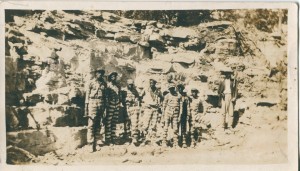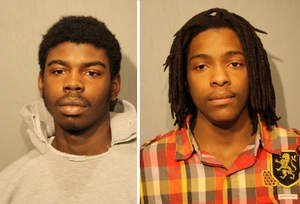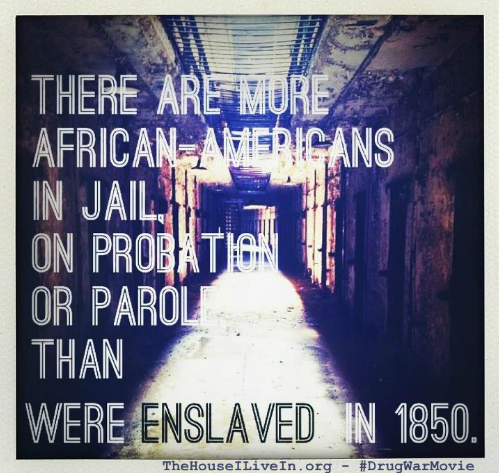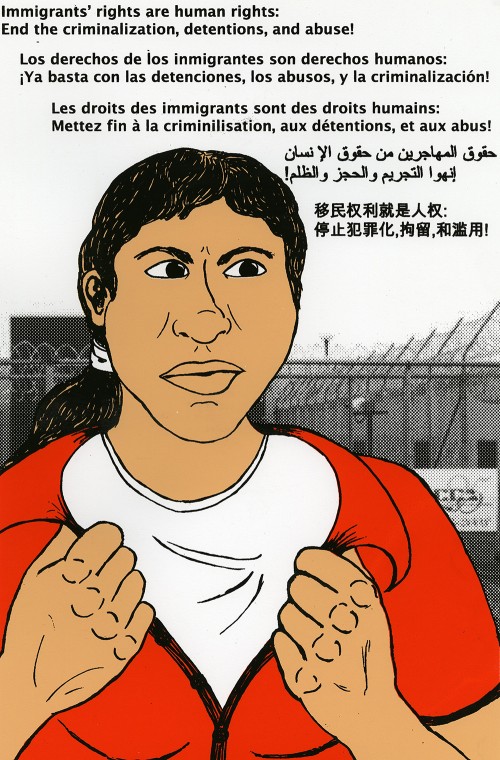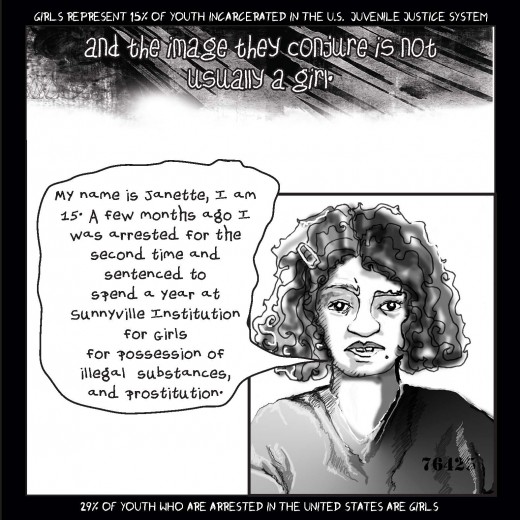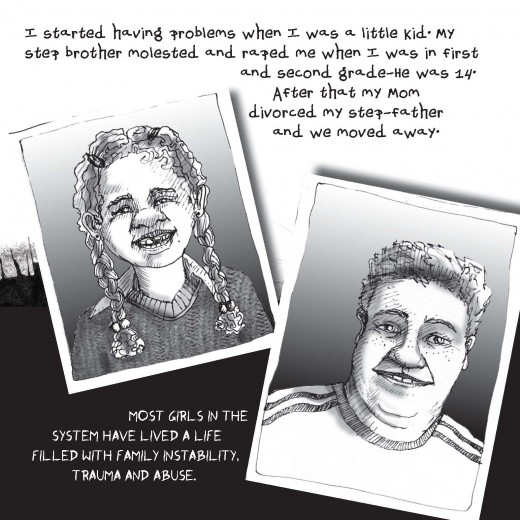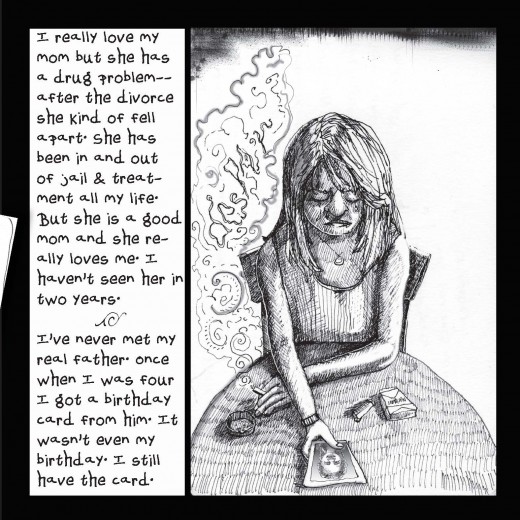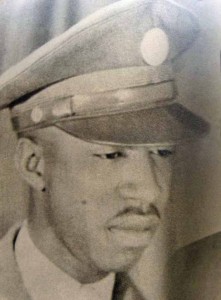I live in Chicago. Regular readers of this blog already know this. A lot is always happening in this city. On Saturday, Hadiya Pendelton was buried. My condolences to her family. May she rest in power.
Hadiya’s death has unleashed something. It is inchoate but tangible. There has been an outpouring of grief, sadness, bewilderment, and anger at her murder. Some have lashed out at the killer, others have blamed the police for not “stopping the violence,” and still others are railing against gangs. There is something else too; below the surface, festering.
I have heard some young people lash out at the media coverage of Hadiya’s death and at the specific focus on this one young & by all accounts wonderful 15 year old black girl. My Facebook page for the past few days has included questions about why the other children who have been killed in the past few years & days haven’t garnered this type of media and national attention. One young person wrote:
“Shame on everyone who jumped on the media bandwagon with this! her death is not the first it wont be the last and it’s no more important than other Chicago child[ren] who lost their life too damn soon!”
This sentiment was echoed by other young people who I’ve spoken to in the past few days. Why is Hadiya’s life more valuable? What is it that is special about her? Do people only care because she attended a “good” school and performed at the Inauguration?
Within these questions, I hear an underlying anxiety from young people about whether their own deaths would produce such an outpouring. And if not, what does this convey about the value of their lives? There’s a nagging sense that there is an invisible hierarchy of worth and that their lives don’t measure up.
Amid the churning of emotions, a young organizer named Fresco (who I love and respect and have known since she was in high school) took to Facebook to share her thoughts. She wrote:
Hadiyah Pendleton is one of many young black children that are dying from the violence in the world. The remarks I am seeing that are rooted in frustration are that she Is not special and no more important than anyone else. I believe we need to reverse that. We as black young movers and shakers need to recognize that all of our young people are important. And we can’t stand to lose a single one of them. We need [to] respond to each and every death with this same momentum and passion as we feel right now. I think the frustrations we are expressing are misdirected. You might be angry because there an underlying. To get our community to care about the young black generation they need a savior. And that savior has to go to one on the top high schools of the city and perform for Obama. How do we get our community to care about the young people they are faced with fighting the conditions of our communities and do the best they can to survive.
There is so much love in Fresco’s words. Love for Hadiya who is dead, love for the other faceless hundreds who’ve also died, love for a community that is struggling to assign equal worth to all of our children, and love for those young people who are deemed by some to be unlovable.
Some young black people who are lashing out at what they see as disproportionate attention being afforded to Hadiya are, it seems to me, really asking: “Aren’t I a person too? Am I going to be seen as unworthy if I am killed?”
I have reminded some young people that Hadiya was not immediately seen as worthy of public grieving. At first, there was some suspicion that she may have been “gang-involved” and therefore not fully “innocent.” This should not be surprising since as I often write on this blog, black bodies are ALWAYS considered criminal. The onus is on the dead black person to prove him or herself “innocent” and therefore worthy of being publicly mourned. We’ve seen this with Trayvon Martin and countless others. Hadiya’s family and friends were forced to rush out photographs of her beautiful smiling face and post PSA videos of her uttering anti-drug & anti-gang messages. This made it safe then for strangers to start publicly eulogizing her. This is the price of the ticket to respectability for black families. In America, black children are guilty until proven innocent.
The black youth who I work with already know that white people don’t value their lives but they also suspect that most black adults don’t either. Watching from afar as hundreds of people (mostly black) gathered in a church to mourn the life of Hadiya Pendleton, some who have lost their own brothers, sisters, cousins, and friends remember that few attended to the death of their loved one. Few marked the occasion of their loved one’s passing. Few publicly grieved their loss. So the frustration and sadness turn into anger and rage. It’s unfair, they say. We deserve love too, they say. The suspicion is that only those who are exceptional while living in black skin are valuable. And most of us aren’t particularly exceptional. So where does this leave them?
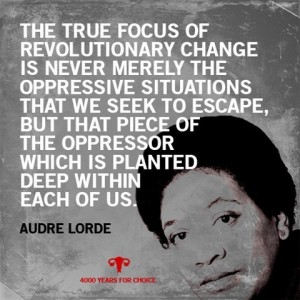 Some black youth tell me (once we get past the bravado) that they feel abandoned by adults in their own communities. I usually feel profound shame in those moments because I know that it is true. So many grown black folks are themselves in struggle. Some of that struggle involves breaking the chains of both systemic and internalized oppression. The internalized oppression can manifest itself as harshness and contempt for black children. We need to do some communal healing work around this and fast.
Some black youth tell me (once we get past the bravado) that they feel abandoned by adults in their own communities. I usually feel profound shame in those moments because I know that it is true. So many grown black folks are themselves in struggle. Some of that struggle involves breaking the chains of both systemic and internalized oppression. The internalized oppression can manifest itself as harshness and contempt for black children. We need to do some communal healing work around this and fast.
The question hanging over all of us this week is what would the response have been if Hadiya hadn’t performed at the Inauguration and had been killed by a stray bullet while sitting on her stoop. We already know the answer since there are many such cases that have happened here in Chicago. Her death may have gotten a passing mention in the local media and then quickly faded from public consciousness. And this, you see, feels like a grave injustice for many young people in this city. And they are of course right that it is unfair, immoral, and unjust… For every death is a loss and should be mourned.
Below is a short video of Fresco speaking about the issues facing black youth in Chicago:
Fresco Steez for BYP from Kamalkiddo. on Vimeo.
